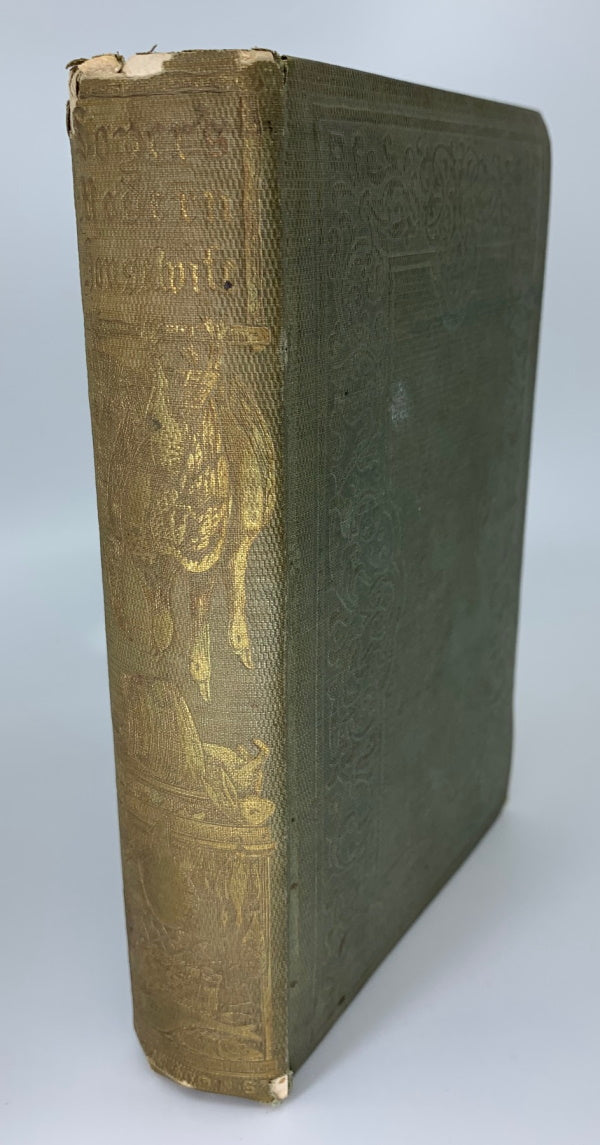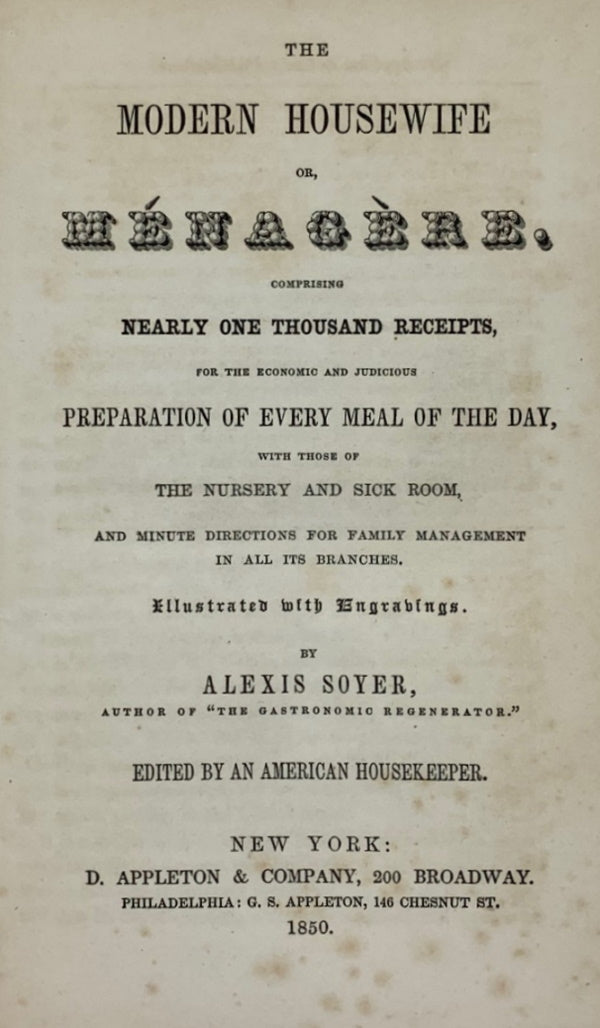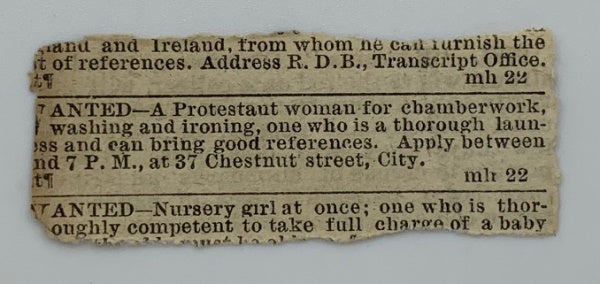OP: The Modern Housewife
D. Appleton & Company, 1850. Hardcover. Very Good.
Alexis Soyer (1810–1858), French-born but settled in Britain while still in his teens, was a phenomenon. Perhaps the best known chef of Victorian England, he cooked for czars, for princes and, indeed, for Queen Victoria herself. He was also the virtuoso cook of London’s famed Reform Club, which made him a celebrity at the highest levels of society.
Soyer, despite his brushings with the rich and famous, however, was very interested in the feeding of masses—i.e. military and soup kitchen environments—and of lower socioeconomic classes. Many of his works focused on budget cooking and instruction on household maintenance for those well outside the aristocratic strata.
The Modern Housewife (1849), one of his most popular publications, addressed the needs of the striving middle class. Utilizing a format of fictional letters exchanged between Mrs. Hortence B., a capable household manager, and Mrs. Eloise L., in dire need of guidance, Soyer sets the scene of the latter half of the 1800s.
The letters—gossipy and charming—add a bit of fun and levity to the nearly 900 recipes and household tips. From simple toast to fillet of sole curry to comfort foods for invalids, the recipes cover all bases with equal earnestness. The editor of this first US printing (1850), adapted for the American home, has added the note, “Perhaps some housekeepers may laugh at the presumption of M. Soyer in attempting to give a formal receipt for so trifling a matter as making a piece of toast. But, in Cookery, there are no trifles. Every preparation of food, however simple, requires thought, care, and experience.”
We are pleased to offer a copy in Very Good condition. The olive green clothbound case is sturdy and handsomely blind stamped. The spine, chipping at the head and foot, is stamped with an elegant kitchen illustration, the original gilding fading but evident. The interior is largely clean and unmarked. A signature has pulled from the sewn binding on the lower half but shows no evidence of loosening any further. A couple of previous owners’ names are written on the front free endpaper along with stamped date, a sewing pin appears to hold a former reader’s place, and a wanted ad for a “Protestant woman for chamberwork” is laid in.




